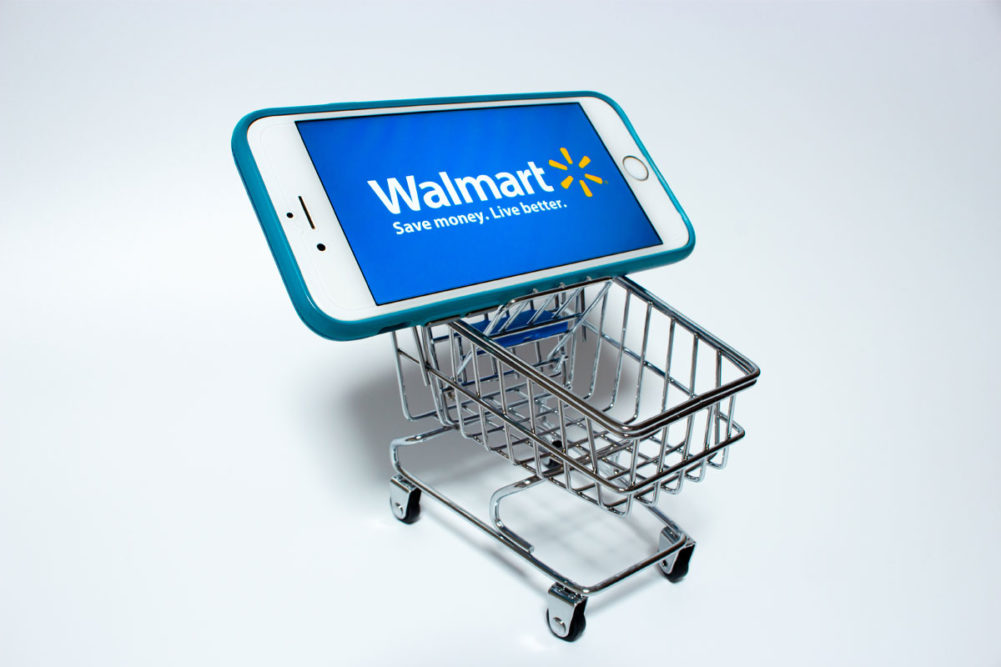TAMPA, FLA. — Omnichannel has evolved from a buzzword a decade ago to the bedrock of retailing in the developed world today. Walmart Inc. has spent years investing in capabilities to allow it to blend the attributes of physical retailing with the strengths of digital. The world’s largest retailer is now transitioning from investment in adding capabilities and scale to profitably driving growth as an omnichannel retailer.
“Retail has changed a lot in the last 5 to 10 years and the change over the next 5 to 10 years is likely to be just as significant,” said John David Rainey, Walmart’s chief financial officer during the retailer’s April 5 investor day presentation to securities analysts. “Customers are demonstrating preference for multichannel offerings, convenience, value and selection. And up to this point, for most, it’s proven challenging to provide all of these things at attractive economics.”
Today, Walmart has created an omnichannel market featuring brick-and-mortar stores in a variety of formats and digital paths to purchase using a range of applications.
“Bringing this all together to unlock a new phase of growth requires putting the customer member first and then working backwards to optimize the math, the financials,” said C. Douglas McMillon, president and chief executive officer. “We're doing this today and we see the improvements in efficiency and margin.”
During the investor day presentation, Mr. Rainey said Walmart expects 4% sales growth and operating income growing at a faster rate over the next three to five years. For fiscal 2024, Walmart is guiding consolidated net sales will rise 2.5% to 3% on a constant currency basis and consolidated operating income will increase approximately 3%.
“The investments we’ve made have positioned us well and stand to generate steady and sustained growth at higher margins,” he said. “Achieving our targeted 4% sales growth over the next five years would add more than $130 billion of sales on top of our roughly $600 billion base today. On top of that, we think the opportunity for operating income growth over the next three to five years could be better than what we've outlined.”
Mr. McMillon added, “This is not just a US brick-and-mortar business. We've built a set of mutually reinforcing businesses that drive growth and engagement from customers and members.
“Our five-year plan calls for us to grow profitability faster than sales. We know where our price gaps need to be, and we'll manage them as we grow profit faster than sales through productivity and business mix.”
E-commerce accounts for $82 billion, or 14% of Walmart’s sales, according to the company, up from $25 billion, or 5%, five years ago.
“The run rate in monthly volume — recent monthly volume is even higher, growing year-over-year in the high teens, putting us on a path to reach $100 billion in the very near term,” Mr. Rainey said. “Importantly, we are already seeing a directional change in our digital margins as we leverage our stores to fulfill, activate the local delivery networks and scale up high-margin value streams such as advertising, data, memberships and marketplace.”
At the center of Walmart’s transition to omnichannel retailer has been investments made in a supply chain enabled by data and automation, according to the company.
“It's a huge step change for us,” said John R. Furner, chief executive officer and president of Walmart US. “… For years we've been serving customers with three separate networks, the supply chains that were great at what they did operating all in parallel. We now have one network, and it's allowed us to consolidate inventory much earlier in the supply chain and deconsolidate as late as possible, many times that's at the customer's home.”
Improving supply chain performance will be the proliferation of market fulfillment centers, which is a fulfillment center that is attached to a store.
“We have a few of those in place now,” Mr. Furner said. “We have more on the way, and once we have our software integrated with the … the hardware solution, we'll put even more on the ground.”
Separating fulfillment areas from retail store floors allow pickers to fulfill three-times more orders than an average store and achieve a 99% fill rate, according to Walmart.





